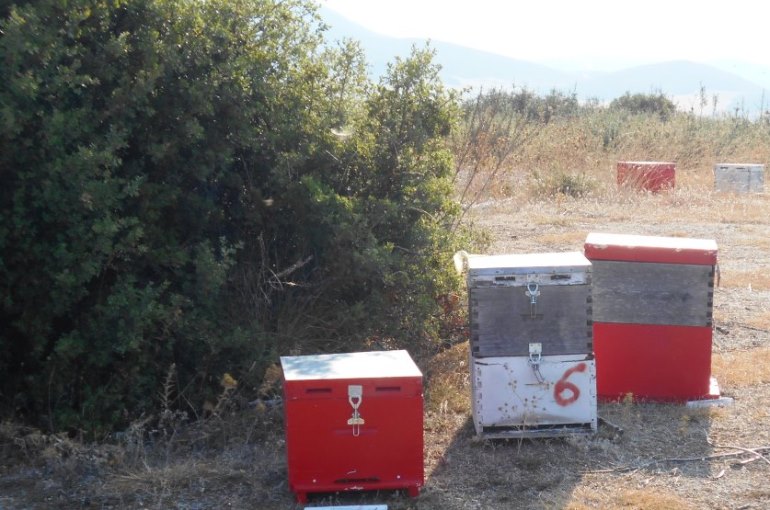Beehive Location and Placement

This post is also available in:
This post is also available in:
![]() Español (Spanish)
Español (Spanish) ![]() Français (French)
Français (French) ![]() Deutsch (German)
Deutsch (German) ![]() Nederlands (Dutch)
Nederlands (Dutch) ![]() हिन्दी (Hindi)
हिन्दी (Hindi) ![]() العربية (Arabic)
العربية (Arabic) ![]() Türkçe (Turkish)
Türkçe (Turkish) ![]() 简体中文 (Chinese (Simplified))
简体中文 (Chinese (Simplified)) ![]() Русский (Russian)
Русский (Russian) ![]() Italiano (Italian)
Italiano (Italian) ![]() Ελληνικά (Greek)
Ελληνικά (Greek) ![]() Português (Portuguese (Brazil))
Português (Portuguese (Brazil)) ![]() Tiếng Việt (Vietnamese)
Tiếng Việt (Vietnamese) ![]() Indonesia (Indonesian)
Indonesia (Indonesian) ![]() 한국어 (Korean)
한국어 (Korean) ![]() polski (Polish)
polski (Polish)
Beehive Placement – Where to place beehives
The location where we will place our hives is crucial and will play a major role in the quantity and quality of the honey selected. We must consider the flora of the area before placing the hives, as the plants in the surrounding area provide the necessary food (pollen-nectar) for our bees. During the summer months, we generally select areas of shadow, while during the winter we prefer sunny and well drained areas, protected from strong winds. We should not place our hives directly on the ground, because ground moisture will affect the hive. Many beekeepers choose soils with a gentle slope, while others place their hives upon old large truck wheels. We never place our hives near the hives of other apiarists or near farms that are often heavily sprayed with pesticides. In order to have sufficient production, we may not have a fixed place for our apiary. The hives may have to be moved 2 times a year in areas with flowering. When you transfer hives, be sure to choose a spot at least 3 miles (4,8 km) away from the initial location, because otherwise, if you do not apply reorientation measures, the foraging bees can get confused and return to the initial place (ask local experts). Finally, keep in mind that honeybees need to have constant access to fresh and clean water in order to survive and thrive. Thus, the place you will choose must have a natural or artificial water source at a close distance.
It is obvious that the plant (or the combination of plants) that prevails in the place where we will place the hives will finally determine the classification of our honey. This is why we distinguish the honey based on the major plant of the area (orange honey, fir honey, sage honey, pine honey, oak honey etc.). If we want to harvest orange honey, placing our hives close to a couple of orange trees is not enough, because the bees will also forage to hundreds of other plants. We have to put our beehives in the center of an orange orchard of at least 3-4 acres during the period of the orange trees’ flowering. In all other cases, the bees will collect nectar from different plants, and this honey will be classified as wildflower honey.
Some of the most common bee plants are: lavender, thyme, cotton, almond tree, alfalfa, orange tree, chestnut, acacias, arbutus, fir, oak, linden, etc.
You can enrich this article by leaving a comment or photo of the place you have placed your hives.
2.) Honey Bee Society Structure and Organization
4.) Beehive and Equipment Supply
5.) Beehive Location and Placement
8.) Preparing Beehives for winter
10.) Common Bee Diseases & Pests
13.) Bee Poisoining from Pesticides
Do you have experience in Beekeeping? Please share your experience, methods and practices in the comments below.
All the content you add will be soon reviewed by our agronomists. Once approved, it will be added to Wikifarmer.com and it will influence positively thousands of new and experienced farmers across the world.








































































